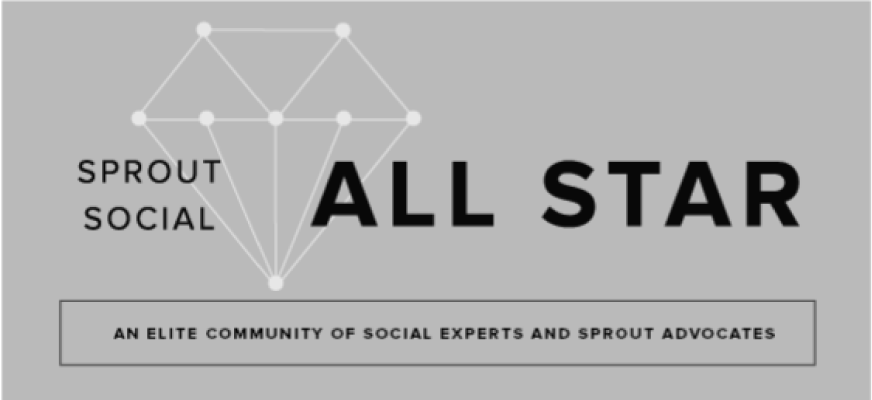Think of this as a basic guide and personnel file template for any small business or startup.
Think of this as a basic guide and personnel file template for any small business or startup. As your business grows, you may have additional requirements if you expand to multiple US or international locations...
How To Organize Your Business Personnel File Folders
Whether your business has one employee or one thousand employees, you need to have specific information on file for each staff member. A sample personnel file structure would include:
- Documentation of employment history
- Appraisal/Review information
- Employee Recognition
- Disciplinary notes
- Promotions
- Forms relate with employee benefits
And more, depending on location. This information is usually supervised by human resources (HR) staff.
Employers have good reason to keep employee documentation on file. Some of the paperwork is for legal reasons and some for best practice. The documents provide an accurate view of an employee's history with a company, and affects employers decisions.
An official personnel file can support decisions made about an employee and provide the rationale behind hiring, promoting or firing. Documentation may also support the employer, or employee, in the event of a lawsuit.
In this article, we'll discuss the HR documents that should be in every personnel file.
Different Guidelines For Different Personnel File Types
Because there are several types of HR documents, there are different rules that apply to each category regarding where they are kept and who has access.
Most larger companies will restrict access to these files to the human resources department only. However, an employee's manager may require access to elements of the personnel file and the accounts department may need to see the payroll file.
Employees may have access to their own personnel file. But most employers will set up guidelines in the employee handbook. The human resources department and executive ranks are responsible for all employee files. For smaller companies, it may be a small team of employees or an outsourced HR services partner.
What Are The Categories Of HR Files?
Here is a basic outline of the different categories, or types, of employee files.
Employee Personnel File
This is the master file an employer will maintain for each employee. This will hold information about:
- Employment history
- Applications
- Interview notes
- Notes from employee reviews
- Any disciplinary or grievance information relevant to their employment
As well as folders with details from the categories below.
Medical File
This folder will record any medical information relating to the employee and employment with the company. Think healthcare benefits packages.
Included are also details provided during the recruitment process about any existing conditions the employee may have. If the employee had to have a medical exam as part of the on-boarding process, the results will be kept here.
The file will also be used to record any sickness experienced by the employee during their employment related to attendance.
There are legal restrictions to this category of information based on location, and the employer must know these.
Payroll File
Employee access to their own payroll file is far less restrictive than the medical file. This file houses information about:
- Salary
- Garnishments
- Other legal information that affects how much the employee will get paid
The finance department may have access to this file in addition to the HR department.
I-9 Forms File
Every employee needs to have a completed I-9 form. Some employees may also need documented proof of their h1b visa or equivalent.
Due to the access rights of various government agencies, you should keep a separate file for Right To Work documents. Keeping these papers separate will mean the government officials don't need to rummage through other files to find what they need.
3 Replies
-
thanks for info! nice info
-
This post will give SME business owners a basic guide to organising their personnel file, especially those who handle HR operations themselves.
Leave a Reply

Like what you see? We've been told our blog posts are like potato chips: You can't read just one...
Subscribe to receive them fresh in your Inbox, and you can grab our best insights about social media marketing before everyone else sees it!

Relevant Resources
view allThe True Cost Of Letting Peak Sales Periods Pass You By

Three Surprising Signs You’re Still Silencing Your Female Employees

How Ongoing Training In The Workplace Can Drive Long-Term Business Growth






































By Dr. Mohammed Bawaji on